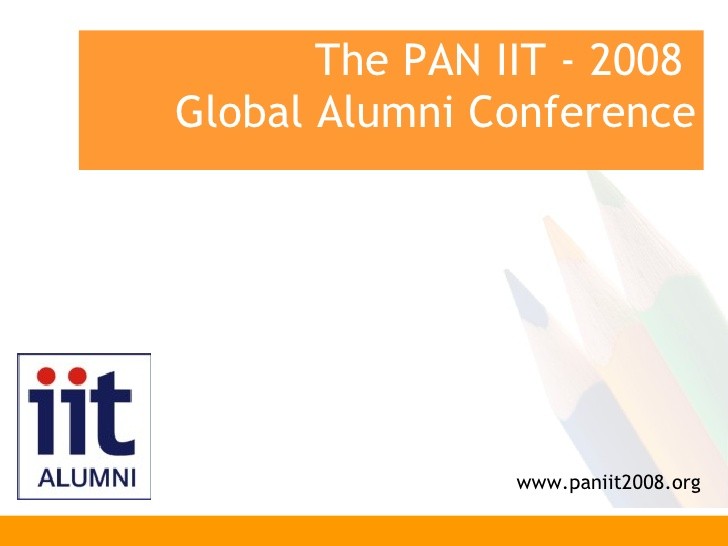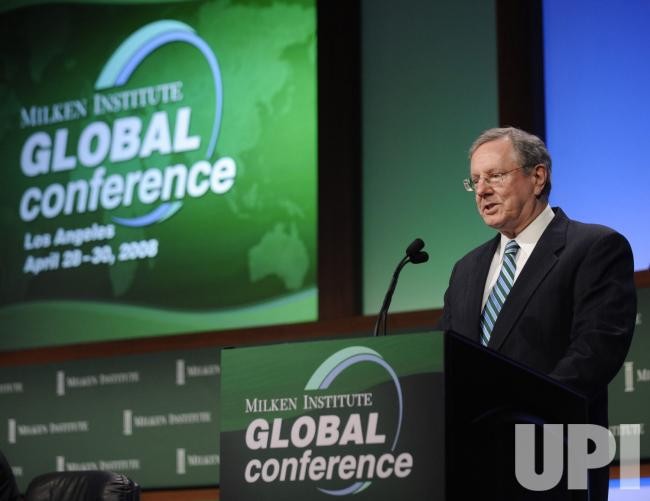Global Conference 2008
Post on: 8 Июнь, 2015 No Comment

Luther Ragin Jr.. Vice President, Investments, The F.B. Heron Foundation
David Sand. President and Chief Investment Officer, Access Capital Strategies LLC
Jay Stark. Managing Director, Phoenix Realty Group LLC
Ethnic groups now represent the fastest-growing segment of the U.S. population, and minorities may become a majority by mid-century. Likewise, ethnic-owned businesses are multiplying far faster than the national average, and investors are finding overlooked opportunities in densely populated inner cities. These emerging domestic markets include the people, places or enterprises with growth potential that face capital constraints due to systematic undervaluation as a result of imperfect market information.
We’re investing in places, people and things that no one else is, said Tyson Pratcher of New York State Office of the Comptroller. We think that we’re getting access to a great talent pool in terms of where the nation will be in the future.
Building on this point, Luther Ragin of The F.B. Heron Foundation said that although there are challenges, the field has grown tremendously compared with five years ago. We’ve established a track record of success, he said, and there’s now greater awareness on the part of institutions and foundations about the ability to get great returns and do social good.
Although the investors and funders seek a double bottom line (both social and economic return), they all agreed that their strategic objectives are to deliver market-rate returns. A variety of asset classes can be used, including public equities, fixed income, real estate, private equity and cash. The panelists are involved in a variety of double bottom line activities.
The Bay Area Equity Fund is a $75 million fund started five years ago. We focus on emerging growth companies in or near low-income neighborhoods, to create jobs and engage in the public sphere, said Nancy Pfund of DBL Investors LLC. We’re currently invested in 18 companies, and weve created 1,300 jobs, 700 of which are for entry-level, low-income people. In terms of performance, we’re in the top quartile of funds in our 2004 class.
Phoenix Realty Group is a real estate concern investing in mostly residential and some commercial projects. Managing director Jay Stark explained that its projects include transit-oriented developments and brownfield conversions geared toward moderate-income and entry-level home buyers.
David Sand, who operates the Community Investment Fund founded in.1998), said it uses fixed-income assets to make market-rate returns in specific geographic areas of interest to the investor, such as located in their home state, region, city or community.
The Heron Foundation diversifies asset classes under management in order to achieve market-rate returns, said Ragin. With $300 million in assets, his foundation has outperformed most of the U.S. foundations that would consider this way of investing too risky.
Pratchers New York Common Fund, with $160 billion in assets, diversifies both who makes investment decisions and where investments are made in order to achieve better alignment with the beneficiaries and targets of such investments (e.g. more inclusive of women and immigrants).
Pfund and Ragin both described returns in the 12 percent to 30 percent. Other panelists declined to state their returns but indicated they and their investors are happy with the results in the face of challenging market conditions.

Turning to those challenges, Pfund noted that there’s a silver lining to the crisis. some benefits to small companies in this environment. She cited Solar City, a community-oriented and innovative solar installation firm that has done $29 million in sales. To overcome upfront capital costs, which are the largest barrier to residential social installation, Solar City worked with Morgan Stanley to develop a new financial instrument to help buyers.
Stark discussed Puerta Del Sol, a $6 million transit-oriented brownfield conversion development done in partnership with a community-based affordable housing group. This best-selling community had financial returns that were off the charts, he said. His firm has also partnered with a church to build an apartment building in Harlem. The church occupies the first five floors of the building, and residences are built on top.
That sounds too good to be true, said moderator Betsy Zeidman of the Milken Institute. Why isn’t more of this going on?
It’s hard, replied Stark. It takes elbow grease. On the real estate side, you have to go through many regulations. In low- and moderate-income neighborhoods, projects take longer, and the externalities are different from doing traditional greenfield development.
It takes work, but it’s very satisfying says Pfund. Private equity investors need a nontraditional lens to see opportunities. The connections that must be developed take place not at the national or state level, but at the city, community and mayor’s office level. This is not the domain where traditional venture capitalists have connections.
We’ve all agreed that there is a tremendous opportunity here, cautioned Ragin, but investors need to look closely at not just the financial returns, but the social returns. What is being offered and delivered? While projects sound good at the outset, they can have some misleading vocabulary and marketing along with them. Due diligence applies not just to the financial side, but to the social equity side as well.
Our mission is to increase global prosperity by advancing collaborative solutions that widen access to capital, create jobs and improve health. We do this through independent, data-driven research, action-oriented meetings and meaningful policy initiatives.














